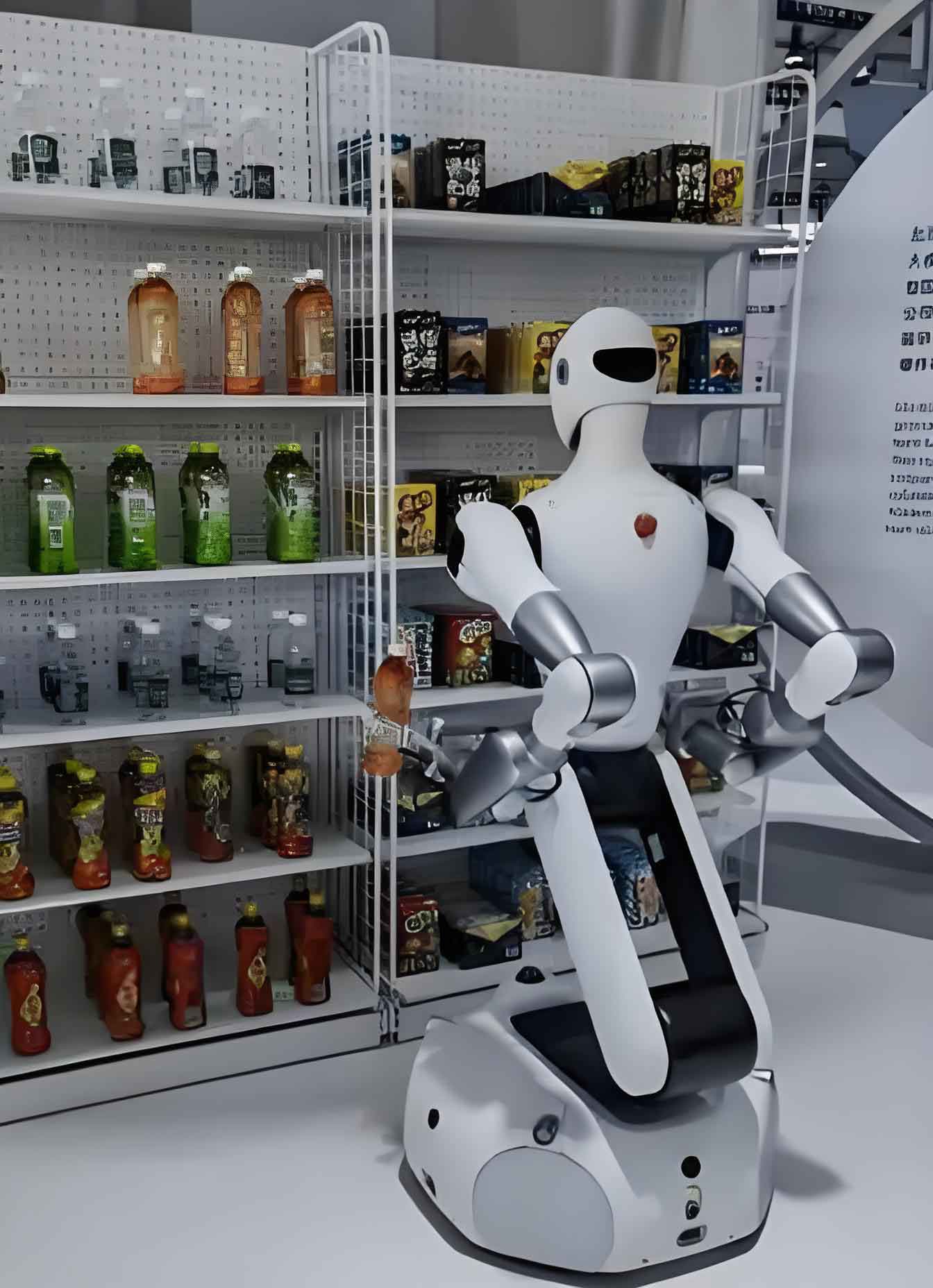In a landmark shift for medical technology, domestically developed surgical robots are demonstrating unprecedented capabilities across Chinese operating rooms. At Beijing Tiantan Hospital, affiliated with Capital Medical University, procedures requiring deep brain tissue ablation previously consuming three hours now conclude within one hour—powered by China robot systems. The institution’s functional neurosurgery department executed over 1,200 surgeries using domestic robots in 2024 alone, signaling a breakthrough in high-end medical equipment.

1. Precision and Efficiency Redefined
Surgical robots, recognized among the “Top 10 Engineering Achievements of 2024” by the journal Engineering, are revolutionizing modern surgery. These systems integrate three core modules: multi-degree-of-freedom robotic arms (hands), high-precision vision systems (eyes), and advanced surgical planning controls (brain). Professor Zhang Jianguo, Director of Functional Neurosurgery at Beijing Tiantan Hospital, explains that neurosurgical China robots utilize spatial coordinate mapping for millimeter-level accuracy. Through 3D structured light technology, they project augmented reality overlays of lesions and critical functional areas onto surgical fields, enabling sub-millimeter precision. Applications span neurosurgery, orthopedics, urology, and oncology, with specific procedures like intracranial electrode implantation at Tiantan Hospital achieving 100% robot-assisted implementation.
2. Clinical Advantages of China Robot Systems
The superiority of China robot platforms manifests in three dimensions: accuracy, safety, and speed. For epilepsy or Parkinson’s treatments, robots fuse CT, MRI, and PET imaging for sub-millimeter trajectory planning. Compared to traditional methods, robotic arms magnify surgical views tenfold while navigating confined anatomical spaces with 360-degree mobility. Vibration dampeners prevent accidental nerve or vascular damage, and procedures exhibit reduced trauma, bleeding, and recovery times. Efficiency metrics are equally compelling—stereotactic electroencephalography (SEEG) electrode placement now takes 40-50 minutes versus 120-180 minutes manually. Professor Cai Xiujun, President of Sir Run Run Shaw Hospital, notes: “China robot capabilities have become indispensable clinical assets, empowering surgeons in high-complexity operations.”
3. Domestic Innovation Reshapes Global Landscape
Breaking long-standing dominance by multinational corporations like da Vinci and Medtronic, China robot developers are achieving technological parity through indigenous innovation. The 2024 China Medical Device Bluebook reports domestic enterprises secured approvals for seven surgical robots versus four imported units—capturing 64% market share, a 42-point surge over three years. Clinical validations underscore this progress: Peking Union Medical College Hospital performed China’s first robot-assisted pancreatic cancer resection using domestic systems, while Huake Precision’s SR-series robots surpassed imported competitors with 0.3mm positioning accuracy and 15-second cranial modeling via proprietary 3D structured light.
| Category | Number Approved | Market Share |
|---|---|---|
| Domestic Robots | 7 | 64% |
| Imported Robots | 4 | 36% |
4. Remote Capabilities: A Defining Edge
China robot systems demonstrate particular strength in remote surgery, overcoming geographical healthcare barriers. Professor Cai Xiujun’s team at Sir Run Run Shaw Hospital engineered a 5G-enabled China robot platform that completed the world’s first ultra-remote liver surgery across 4,000 kilometers. Similarly, the PLA General Hospital executed a transcontinental pancreaticoduodenectomy via satellite using domestic robots. “These China robot solutions uniquely address limitations of distance, talent shortages, and temporal constraints in medical resource distribution,” emphasizes Cai.
5. Building Autonomous Technological Frameworks
The foundational breakthrough lies in establishing self-sufficient innovation ecosystems. “True advancement stems from constructing independent technological systems,” states Cai Xiujun. China robot development now encompasses domestic core components, 5G communication standards, and integrated R&D chains. With China’s revised “Innovative Medical Device Special Review Procedure” facilitating accelerated approvals, the industry enters a high-quality development phase. This progress positions China robot manufacturers not as imitators, but as co-architects of surgical robotics’ future.
6. Industrial Challenges and Collaborative Solutions
Despite advances, hurdles persist in China robot supply chains. Upstream components—servo motors, reducers, and controllers—remain dominated by U.S., German, and Japanese suppliers. Domestic robotic arms still face gaps in stability and precision compared to clinical requirements. Professor Zhang Jiaguo identifies collaborative imperatives: “Mechanical arm manufacturers must partner with medical device developers through clinician-engineer co-creation.” Additional limitations include absent tactile feedback systems—potentially causing force miscalculations during tissue manipulation—and fragmented technical standards across China robot platforms.
7. Strategic Pathways for Advancement
Dual approaches address these challenges: technological refinement and policy enablement. Technologically, experts urge cost reduction for China robot components alongside advanced tactile sensor R&D. Zhang Jianguo advocates integrating augmented/virtual reality and AI to evolve China robot systems toward intelligent automation. Policy-wise, Cai Xiujun proposes establishing legal frameworks and ethical guidelines for robot-assisted surgeries, strengthening data security, incorporating China robot applications into clinical guidelines, and expanding insurance coverage. These measures would accelerate domestic adoption while ensuring responsibility and accessibility.
8. Future Trajectory: From Parallel to Leadership
Collective efforts signal imminent market expansion for China robot technologies. With upgraded industrial policies and cross-sector collaboration, domestic surgical robotics are positioned for exponential growth—transforming from participants to pioneers in global medical innovation. As China robot capabilities mature, they promise substantial contributions to equitable, high-quality healthcare delivery nationwide, cementing their role as pillars of China’s technological ascent in precision medicine.
